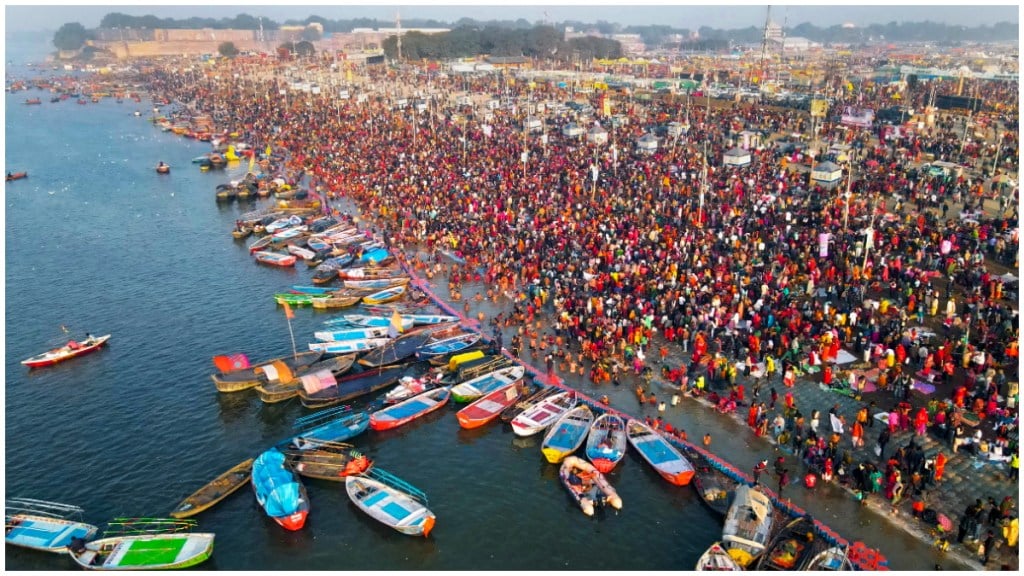The massive spending by 50-60 crore pilgrims in the Maha Kumbh in January-February will likely help the economy pull off a 7.6% growth in the fourth quarter to achieve 6.5% growth rate for the whole of 2024-25, chief economic advisor V. Anantha Nageswaran said on Friday. The size of the economy will also likely touch $4 trillion in nominal terms in FY25, Nageswaran said
According to official data released on Friday, India’s GDP growth for the third quarter registered at 6.2%, reflecting a significant improvement compared to the 5.6% growth recorded in Q2FY25. India’s GDP growth for Q1FY25 was revised downwards by 20 bps to 6.5%, and that for Q2FY25 was revised upwards by an equivalent amount to 5.6%. Given these revisions, the Q3FY25 print, and the second advance estimate of 6.5% for FY25, the GDP is implicitly estimated to grow by 7.6% in Q4FY25.
“Which makes the 7.6% realistic is the huge spending that has happened in January, spilling over into February, associated with the Maha Kumbh, where a huge 50 to 60 crores of people have visited and spent additional sums of money. This can also add to the nominal to GDP quite significantly from the expenditure side,” Nageswaran said.
Kumbh Mela held from January 13 to February 26, 2025, in Prayagraj, saw 660 million people taking dip in the confluence of three rivers– Ganga, Yamuna and Saraswati, Uttar Pradesh government said. The state government invested Rs 7,500 crore in Prayagraj’s infrastructure, and in return, the economy saw an unprecedented boost of Rs 3.5 lakh crore, chief minister Yogi Adityanath said.
Other factors that would help the economy clock a faster pace of growth in Q4 include exports growth and improvement in public capex, Nageswaran said.
The good performance of exports, basically merchandise non petroleum and non-gems & jewellery, which is almost rising at a 10% rate for the entire April to January period, is a positive, he said. Also, Union government capital expenditure for the current financial year up to the end of January is very much in line with the expenditure incurred in the previous financial year, with almost 75% expended. So the government capex, after the initial slow start because of the election, has really picked up steam in the third quarter and coming into the fiscal fourth quarter as well.
Despite the uncertain global outlook, India’s economic momentum is expected to sustain, driven by strong rural demand and a revival in urban consumption, the CEA said.
Robust kharif production and better rabi sowing, coupled with higher reservoir levels and seasonal winter correction in vegetable prices, augur well for food inflation going forward, he said.
The Union Budget’s income tax relief, emphasis on agriculture, MSMEs, investment, and exports is likely to enhance India’s medium-term economic prospects, he said.


